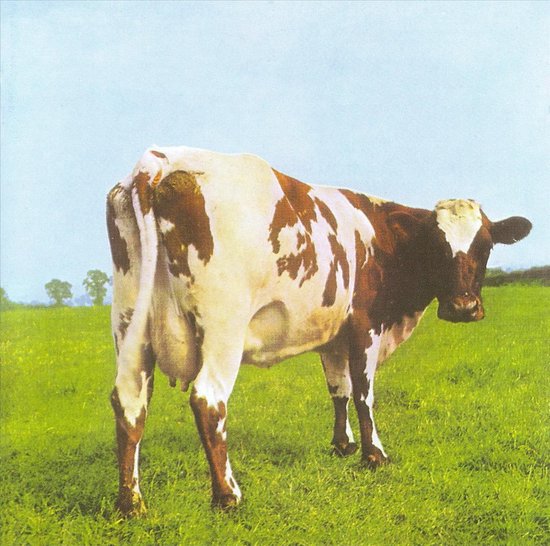
No, the single wasn’t named “Single” but was entitled “Fake Friends.” Its B-Side, called “Nitetime,” had a lock groove consisting of an electric guitar stuck on three notes. Joan Jett, perhaps inspired by the James Gang’s imaginative album naming skills by entitling her 1983 LP Album, may have derived more pleasure from recording its single’s locked run-out groove than she did making the entire record.

“Play me again…play me again…play me again…” On the James Gang’s 1969 debut album, cleverly called Yer Album, Side One’s “dead wax” area suddenly blurted, “Turn me over…turn me over…turn me over… ” set in an endless loop.Īnd if you want to really get back at an annoying neighbor, crank a stereo to “11” and listen to Side Two of Yer Album’s “locked-in groove” ceaselessly implore:

“This is the song that doesn’t end/ Yes, it goes on and on, my friend….”Īnd then there are some rock stars who took this concept to the “run out grooves.” That is, the conclusion of a record’s side, where some mischievous musicians made mini-songs and/or spoken word messages in the record’s “dead wax” area that would play ad infinitum unless the listener manually lifted the needle’s arm. There is a children’s tune called “The Song That Never Ends”:


 0 kommentar(er)
0 kommentar(er)
